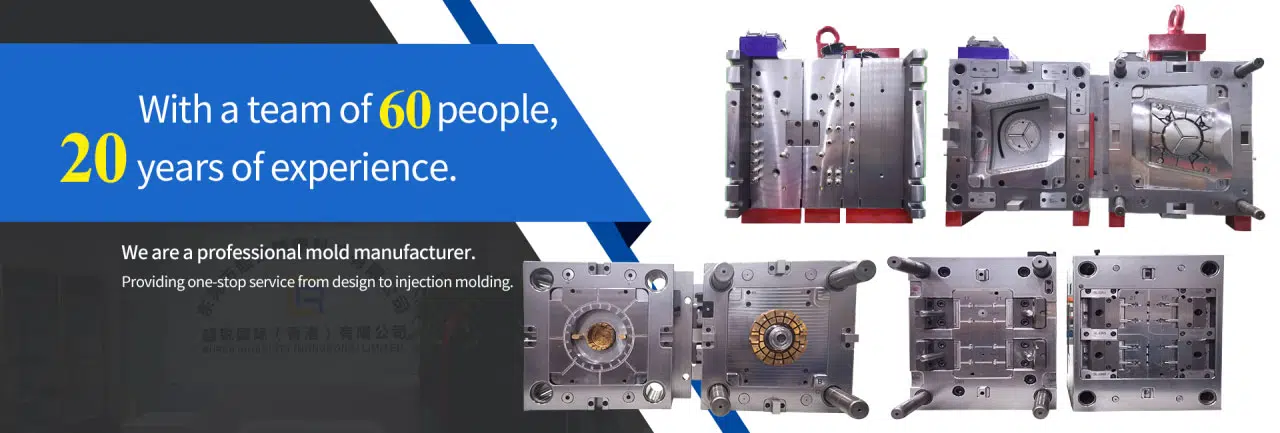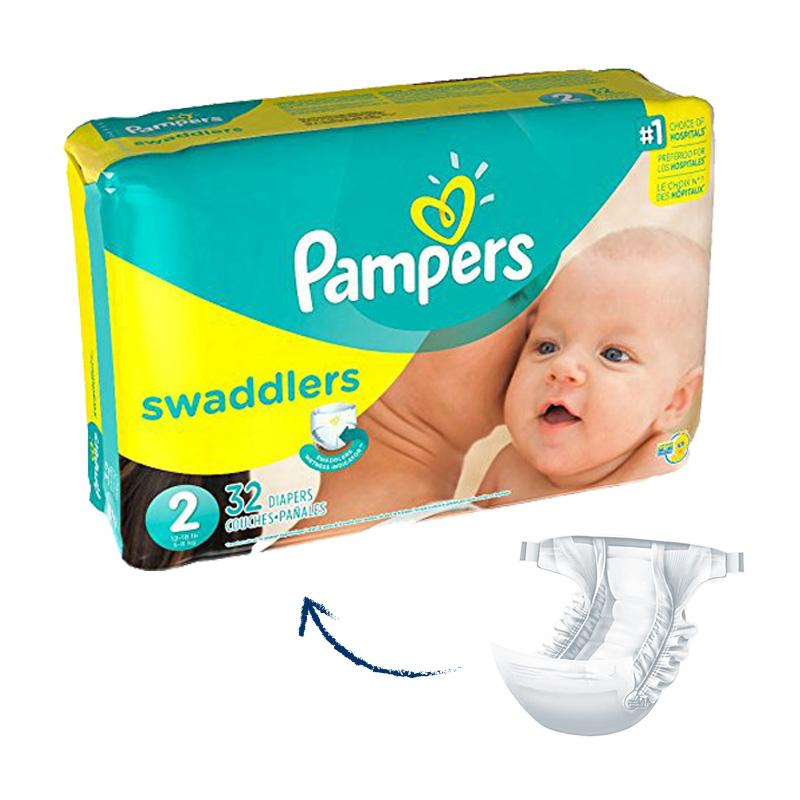# GPCR Antagonist Compounds: Mechanisms and Therapeutic Applications
Introduction to GPCR Antagonist Compounds
G protein-coupled receptors (GPCRs) represent one of the largest and most diverse families of membrane proteins in the human genome. These receptors play crucial roles in signal transduction, mediating responses to various extracellular stimuli such as hormones, neurotransmitters, and environmental signals. GPCR antagonist compounds are molecules that bind to these receptors and block their activation, thereby inhibiting downstream signaling pathways.
Mechanisms of GPCR Antagonism
GPCR antagonists exert their effects through several distinct mechanisms:
- Competitive antagonism: These compounds bind reversibly to the same site as the endogenous agonist, preventing its binding without activating the receptor.
- Non-competitive antagonism: These molecules bind to allosteric sites, inducing conformational changes that prevent receptor activation.
- Inverse agonism: Some antagonists can stabilize the inactive conformation of GPCRs, reducing basal receptor activity below normal levels.
Structural Features of GPCR Antagonists
The structural diversity of GPCR antagonist compounds reflects the variety of receptors they target. Common features include:
- Hydrophobic moieties that interact with transmembrane domains
- Charged groups that form ionic interactions with receptor residues
- Rigid scaffolds that maintain optimal binding conformations
- Substituents that confer selectivity for specific receptor subtypes
Therapeutic Applications
GPCR antagonists have found widespread clinical use across multiple therapeutic areas:
Cardiovascular Diseases
Beta-adrenergic receptor antagonists (beta-blockers) are mainstays in the treatment of hypertension, heart failure, and arrhythmias. Angiotensin receptor blockers (ARBs) are another important class of GPCR antagonists used for blood pressure control.
Psychiatric Disorders
Dopamine receptor antagonists form the basis of antipsychotic medications for schizophrenia and bipolar disorder. Similarly, serotonin receptor antagonists are used to treat anxiety and depression.
Allergy and Inflammation
Histamine H1 receptor antagonists (antihistamines) are widely used to manage allergic reactions, while leukotriene receptor antagonists help control asthma symptoms.
Oncology
Emerging research suggests that certain GPCR antagonists may have anti-tumor effects by blocking pro-growth signaling pathways in cancer cells.
Challenges in GPCR Antagonist Development
Despite their therapeutic success, developing effective GPCR antagonists presents several challenges:
- Selectivity issues due to receptor homology
- Off-target effects leading to side effects
- Complex pharmacokinetic properties
- Potential for receptor desensitization with chronic use
Future Directions
Current research in GPCR antagonist development focuses on:
- Designing biased antagonists that selectively block specific signaling pathways
- Developing allosteric modulators with improved selectivity profiles
- Exploring novel receptor subtypes as therapeutic targets
- Utilizing structural biology approaches for rational drug design
Keyword: GPCR antagonist compounds
As our understanding of GPCR biology continues to grow, so too will the therapeutic potential of GPCR antagonist compounds across a widening spectrum of diseases.


